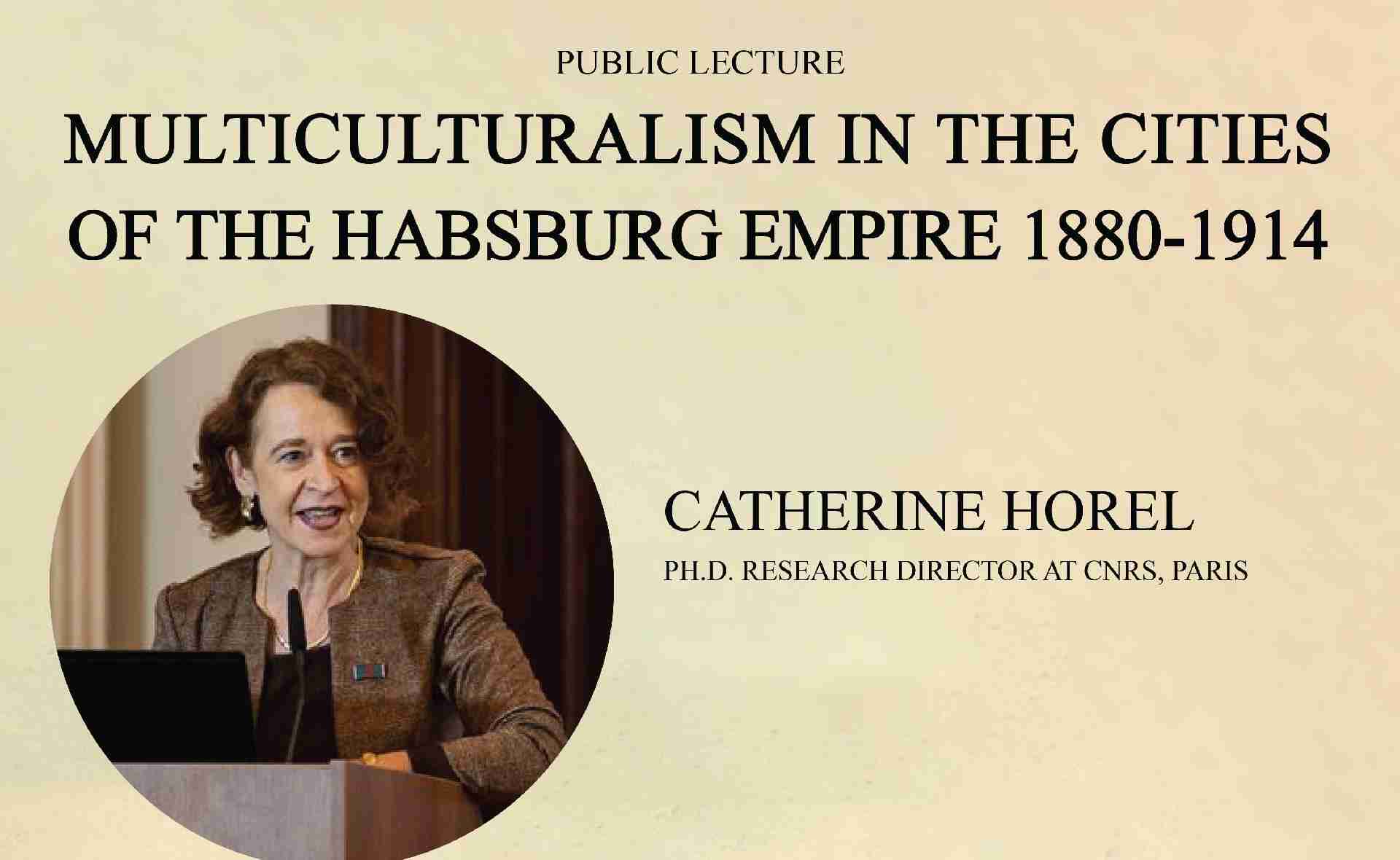Az előadás célja, hogy feltárja az (elfeledett) multikulturális városok életét az Osztrák-Magyar Monarchiában.
Az előadás szervezője: a Bolgár Tudományos Akadémia Balkanisztikai Inézete. A Szófiai Magyar Kulturális Intézet közreműködésével.
Az előadás nyelve: angol!
Az előadás angol nyelvű összefoglalója:
"MULTICULTURALISM IN THE CITIES OF THE HABSBURG EMPIRE 1880-1914"
Catherine Horel, Ph.D. Research Director at CNRS, Paris.
This lecture wants to explore the (lost) world of the multicultural cities of the Habsburg Empire. On the contrary to the countryside, cities were often mixed, especially on the margins of the Empire: Banat, Transylvania, Upper Hungary, Bucovina, but also at his very center as the example of Vienna shows. The constitutional era that began in 1867 facilitated mobility: railways, industrialization, better access to schooling led to urbanization of the populations coming from the nearby villages but also from further distances. The cities grew through this immigration and became more and more diverse. Unity and diversity of the Austro-Hungarian is a common place I will examine through the paradigm of the city: mixing of languages, confessions and social scale. Populations were of course diverse as well as their languages, religions, cultures, professions, but the frame in which they were living was very much the same throughout the Empire thanks to a remarkable territorial continuity: one could travel from Innsbruck to Czernowitz without practically change trains. Some populations helped to diffuse this unifying model: military, civil servants and last but not least, the Jews. Nevertheless there existed many differences between the Austrian and the Hungarian part of the monarchy and this has to be constantly kept in mind as well as the evolution of the political context in both parts of the Empire.
The image of the city was also characterized by a range of elements bearing the same features: theaters were often built by the same architects, cafes and hotels bore the same names, and the German language was indeed a link more or less strong everywhere. In the cities we observe uniting and dividing activities and one of the questions I will ask is: was there a trend toward division at end of the monarchy? National and confessional conflicts existed but we must look at them in detail in order to escape from the two main discourses: the idealization of the monarchy as a paradise of understanding and peaceful multiculturalism on one hand, the exaggeration of the conflict situations. Therefore I will look at the everyday life: associations, schools, economy, municipal politics. The emergence of new forms of political expression (social democracy, catholic parties) and the extension of suffrage had a greater impact in towns where information and people circulated more easily: elections rallies, press, municipal and regional elections had consequences on the everyday life. The urban planning will also be addressed: how does the city defines itself by its buildings and patterns of modernity? Cities were competing with each other: tram lines, electricity, factories, railways and bridges were promoted in a sense of progress. This was a time of intensive construction, sometimes helped by natural catastrophes (fires, earthquakes). The erection of memorials, statues and prestigious buildings was an important process of the construction of the image of the town, often associated with one of its national components.

